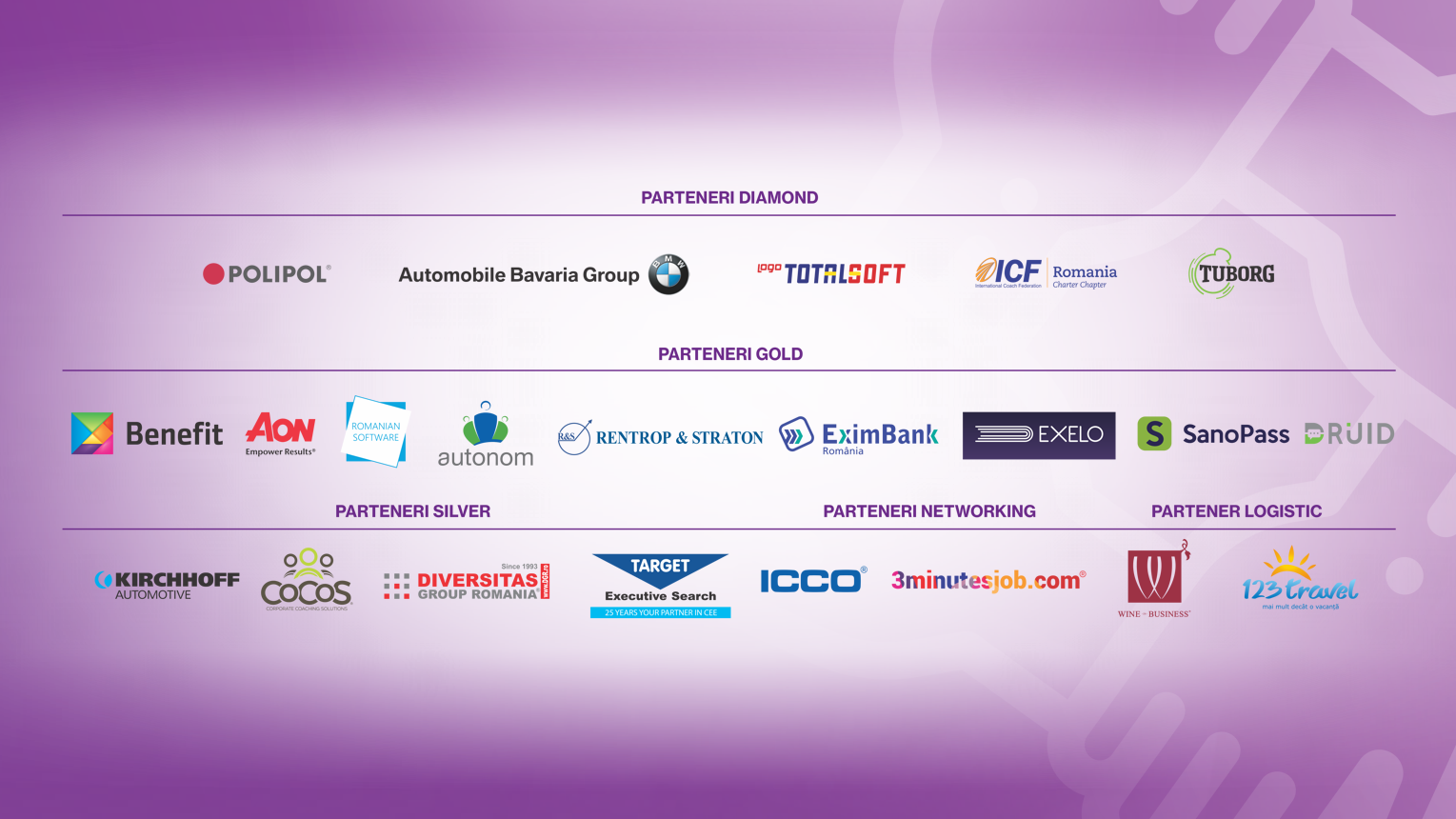Why Soft Skills Matter in the Workplace
It’s no secret that interpersonal skills are the next big thing in HR. In layman terms, soft skills will most likely define the future. In a 2018 LinkedIn worldwide survey of over four thousand professionals the results have revealed that “training for soft skills is the number one priority.”
Soft skills are often referred to as transferable skills. As this term implies, these are skills which are less specialised on one specific vocation and which are more aligned with the personality of a candidate. Soft skills usually relate to a person’s various attitudes and intuitions. Given the fact that soft skills are linked with personality, it is important for each candidate to assess and understand what their soft skills are and how they can showcase them during an interview.
Unlike hard skills, which can be measured, soft skills are intangible and difficult to quantify. Among the examples of soft skills may include analytical thinking, verbal and written communication, and leadership.
Nowadays, employers actually care more about soft skills than they do technical abilities like reading comprehension and mathematics.
Among soft skills one of the more important ones is emotional intelligence (EQ). From a 2015 LinkedIn survey it has been discovered that people with high EQ earn on average $29,000 more.
Why do Soft Skills Matter?
A constructive example of the difference between people with or without soft skills are medical doctors. A doctor is obligated by his work field to have an extensive array of hard skills. But a doctor who does not have emotional intelligence, trustworthiness and approachability (i.e. soft skills) is not likely to be very well perceived by their patients.
Employers value soft skills because they enable people to function and thrive in various teams and in numerous types of organisations as a whole. Here are a few of the most important soft skills:
1. Communication
Written and verbal communication skills are of utmost importance in the workplace because they set the tone for how people perceive you. They also improve your chances of building relationships with co-workers. Communication skills boost your performance because they help you to extract clear expectations from your manager so that you can deliver excellent work. Workers are more productive when they know how to communicate with their peers, says Robinson. If you can clearly express the who, what, when, where, why, and how of a project, you’ll be seen as a top talent.
2. Teamwork
An organisation’s success is rarely dependent on one person doing something all by themselves. Success is the result of many people working toward a shared goal. When employees can synthesise and use their varied talents, everyone wins. If you work alongside friends, then productivity simply sores through the roof. Employers look to team players to build a friendly office culture, which helps retain employees and, most importantly, top talent. Furthermore, being able to collaborate well with co-workers enhances the quality of their work.
3. Adaptability
Obviously, things don’t always go as planned, and instead of digging in your heels, you need to be able to swivel and find appropriate solutions. Consequently, employers need workers who can adapt to industry shifts and keep the company current. Push yourself to be an early adopter of change. Explore the possibility of joining training sessions and offer to teach your co-workers what you have learned.
4. Problem-solving
When something goes wrong, the difference between people is that some complain and others simply take action. Undoubtedly, the latter will get you noticed. People who know how to think on their feet can make employees indispensable to an employer. Nothing is a given. Companies rely on problem-solvers—top performers—to manage unexpected arisen challenges. It is best to approach the manager with a solution, not a problem. So when an issue springs up, think about an alternative solution and how you are going to present it to your boss.
5. Conflict resolution
Being able to resolve issues with co-workers will help people maintain relationships with their peers and work more effectively and efficiently. Being able to work through office politics and disagreements with people is a clear sign of maturity, as well as leadership. Someone like this helps promote a collaborative workplace. The best way to resolve disagreements between co-workers is to address issues directly but in a delicate, humane manner. Therefore, if someone is stepping in as a mediator, he or she should let both parties air their grievances in a judgment-free zone and then work together to find a compromising solution.
There is a real value in providing companies with the tools to carry out regular organisational assessments and this is where Great People Inside comes to your aid. Our online platform offers the best solutions and tools for your company to thrive in every type of industry and any possible situation your organisation may find itself. In terms of lowering your employee turnover rates, we recommend our GR8 Full Spectrum assessment for hiring and 360° Survey for retention. Finding the right talent, the best fit for the job and your organisation can be a very challenging task. It requires deep knowledge of your own organisation’s culture and a keen understanding of the candidate’s personality, strengths, interests, work style and other characteristics. Our technology and solutions will do the work for you, helping you find employees who can flourish and reach the highest performance required to constantly bring your company forward.
Request a free demo:
Sources:
https://www.wikijob.co.uk/content/interview-advice/competencies/soft-skills
https://www.monster.com/career-advice/article/soft-skills-you-need
https://www.fastcompany.com/90430423/5-soft-skills-you-need-to-succeed-at-work




